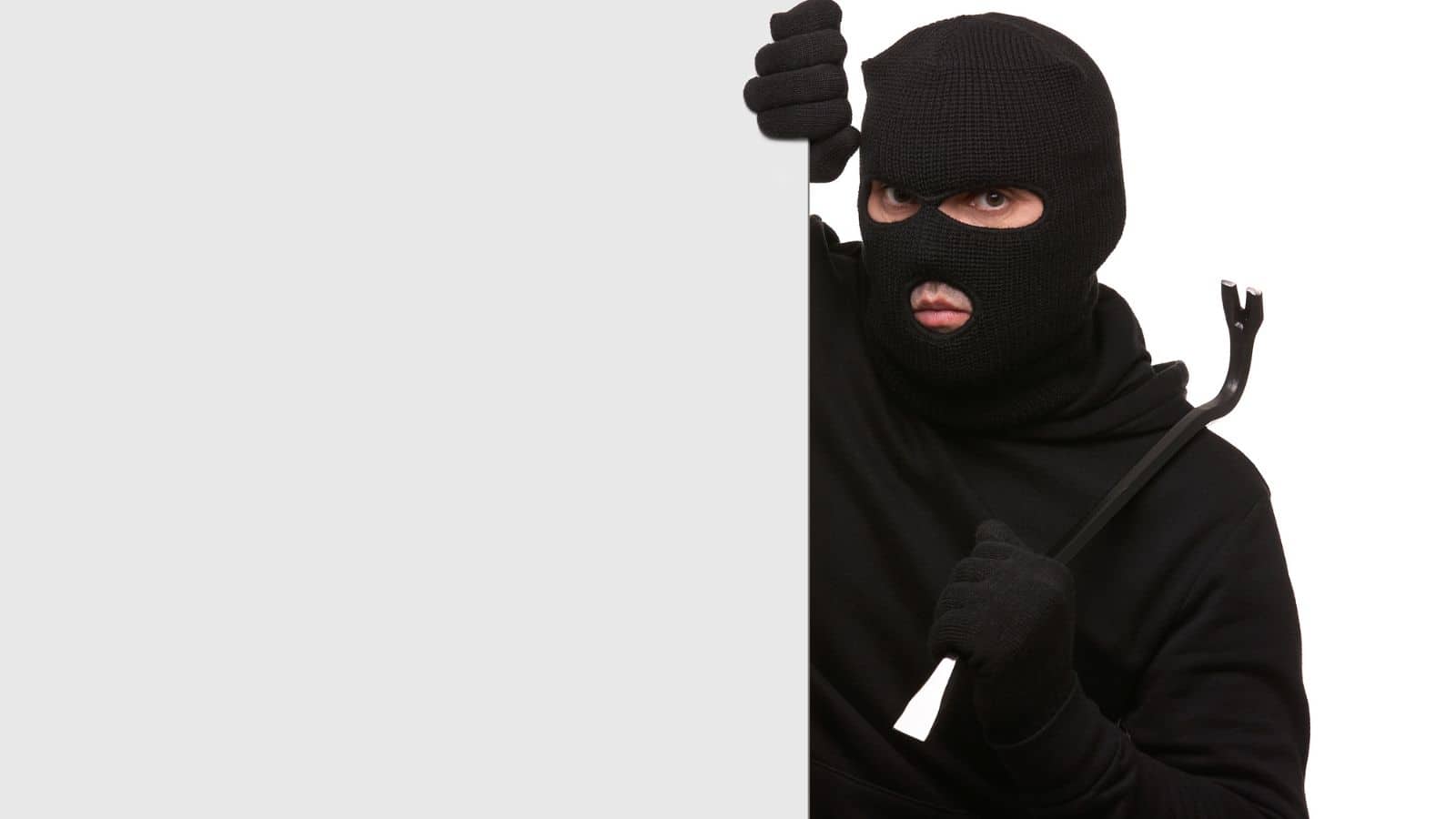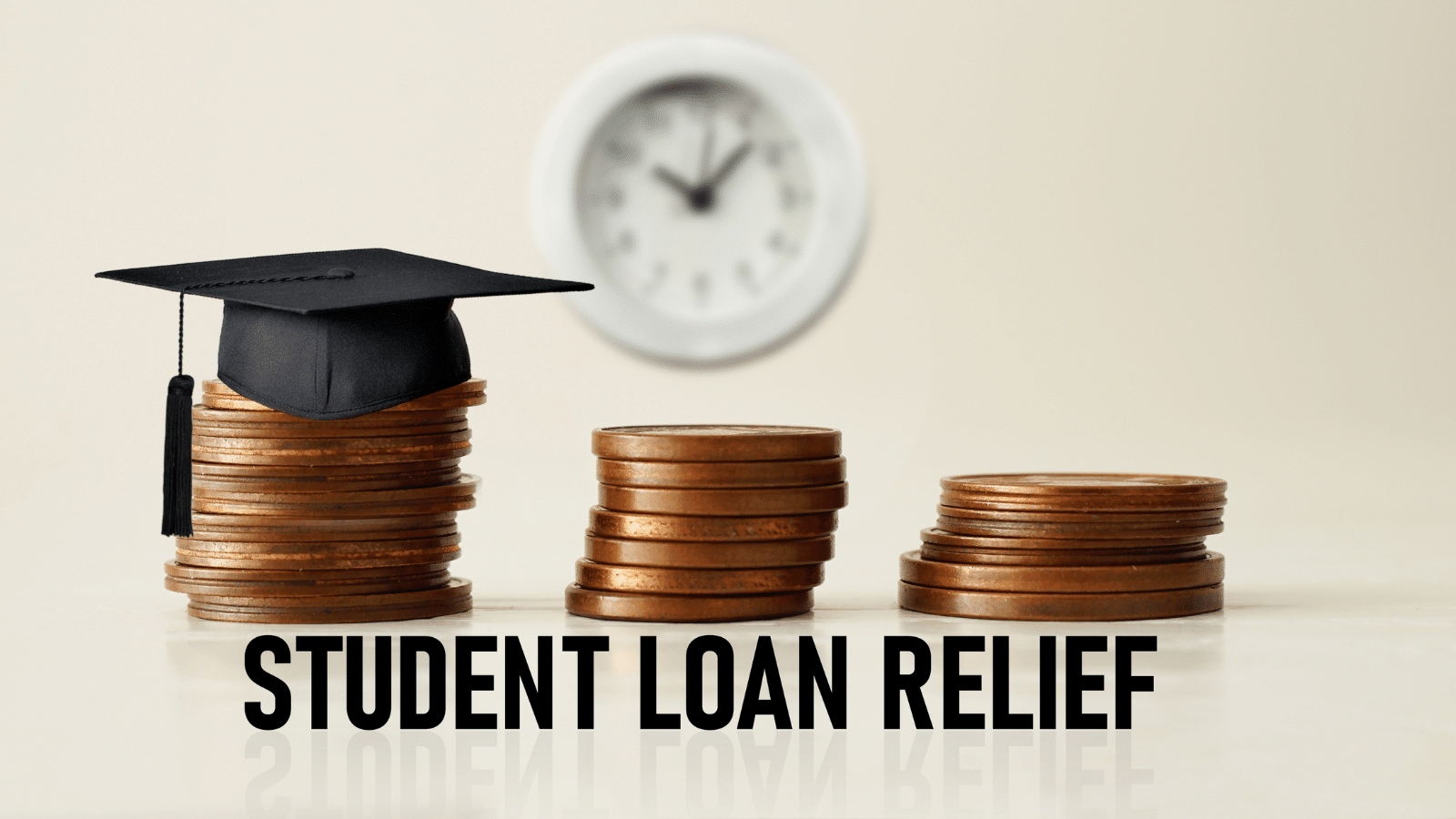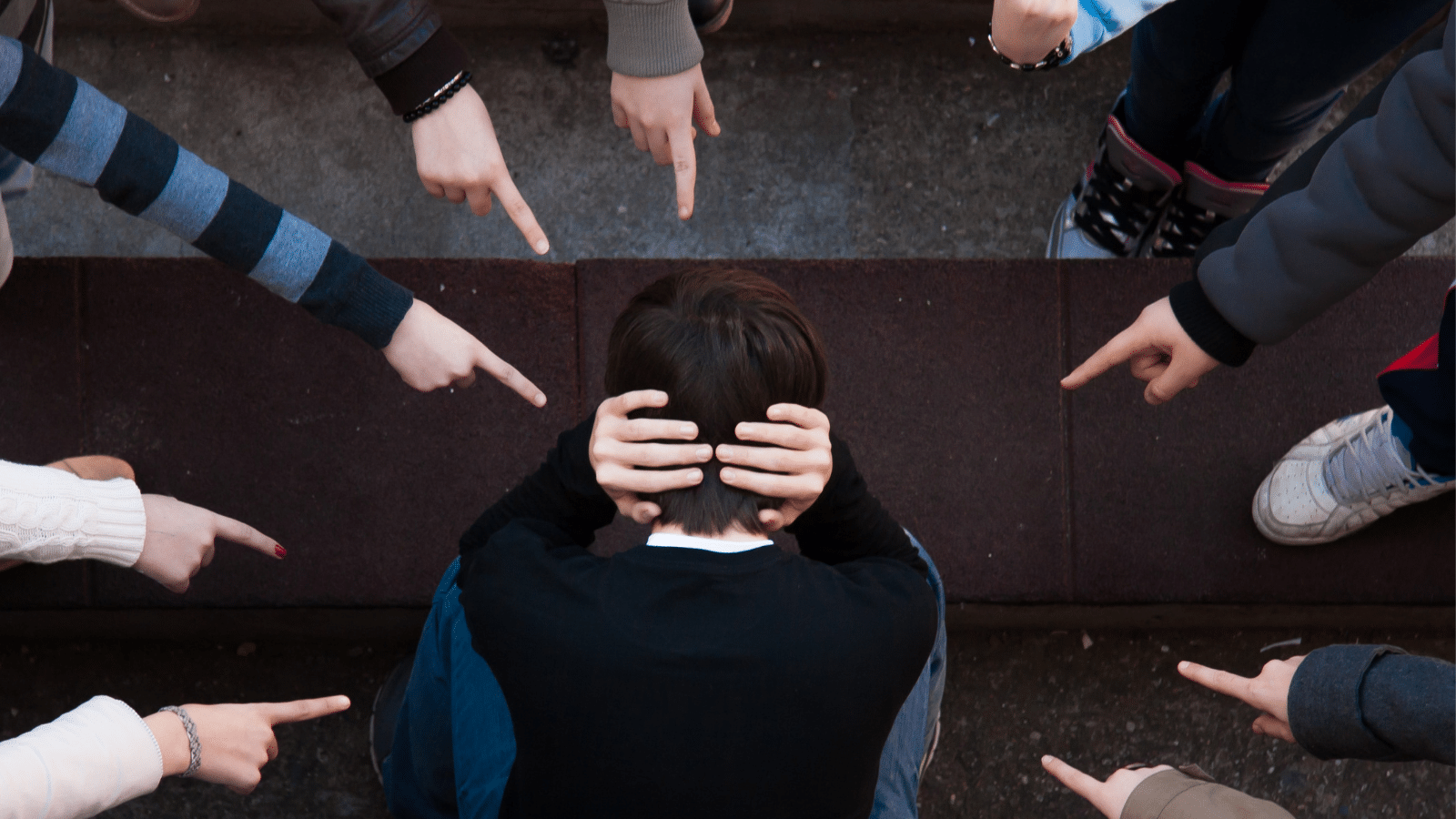In the tapestry of human existence, there exists a spectrum of experiences, often concealed behind a curtain of circumstance and necessity. Amid the hustle and bustle of modern life, we pass by countless individuals whose stories remain untold, their silent struggles hidden from the casual observer’s eye. Today, we embark on a profound journey to uncover these obscured realities, to shed light on the challenges faced by the disadvantaged among us that often go unnoticed and unspoken. In this exploration, we reveal the intricate web of hardships woven into the lives of those grappling with poverty, a world where resilience meets adversity, where the unseen battles are as real as any other. Join us as we lift the veil on these concealed truths, forging a deeper understanding of the hidden dimensions of poverty that shape our shared human experience.
Food Insecurity

Individuals in poverty often experience food insecurity because limited financial resources lead to difficult choices between purchasing groceries and other necessities. This can result in inadequate nutrition, impacting their overall health and well-being, despite the hardship often remaining hidden as they may not openly discuss their struggles to obtain food.
Housing Instability

People in poverty frequently face housing instability due to the inability to afford stable housing, making them vulnerable to frequent moves, overcrowding, or even homelessness. Outsiders may not be aware of this instability as those in poverty often hide their housing challenges to avoid stigma or embarrassment.
Limited Access to Healthcare

Poverty can restrict access to healthcare because individuals may lack health insurance or the means to pay for medical services. They may forgo essential medical care, preventive services, or necessary medications, leading to untreated health conditions that outsiders may not notice until they become severe or life-threatening.
Educational Barriers

Children growing up in poverty often encounter educational barriers, including inadequate school resources, limited access to extracurricular activities, and unstable living situations. These challenges can result in lower academic achievement and fewer opportunities for higher education or future career prospects, which may not be immediately apparent to outsiders who may not fully understand the educational barriers faced by impoverished students.
Transportation Challenges

Limited access to reliable transportation is a common issue for people in poverty, hindering their ability to access jobs, education, healthcare, and social activities. Outsiders may not be aware of these challenges because those experiencing poverty often find creative solutions or rely on informal networks to navigate transportation barriers without drawing attention to their struggles.
Exposure to Crime and Violence

Poverty-stricken neighborhoods often experience higher crime rates, exposing residents to safety risks and the traumatic effects of violence. Outsiders may not be aware of these heightened risks, as individuals in these communities may not openly discuss the daily safety concerns they face or may have normalized them as part of their environment.
Mental Health Struggles

Poverty can contribute to mental health issues due to chronic stress, trauma, and limited access to mental health services. These struggles may remain hidden from outsiders, as individuals in poverty may fear the stigma associated with mental health issues or may lack resources to seek help, leading to undiagnosed or untreated conditions.
Social Isolation

Financial constraints can lead to social isolation, as individuals may be unable to afford social activities, transportation to visit friends and family, or even basic communication tools. Outsiders may not realize the extent of this isolation, as those experiencing poverty often withdraw from social engagements to avoid feelings of embarrassment or exclusion.
Limited Internet Access

Lack of access to the internet can hinder educational and employment opportunities, as well as access to vital information and services in today’s digital age. This digital divide may not be evident to outsiders who take internet access for granted and may not recognize the barriers it poses to those in poverty.
Food Deserts

In impoverished areas, food deserts—areas with limited access to affordable, nutritious food—force residents to rely on unhealthy and expensive options. Outsiders may not be aware of the challenges of living in a food desert, as individuals in poverty often adapt to these circumstances without openly discussing their struggles to access healthy food options.
Generational Poverty

Generational poverty is often perpetuated because families in poverty lack the resources and opportunities necessary to break the cycle. Outsiders may not realize that this pattern persists through generations due to limited access to education, job opportunities, and financial stability, which are essential for upward mobility.
Hidden Homelessness

Hidden homelessness occurs when individuals couch-surf or live in precarious housing situations to avoid street homelessness. Outsiders may not recognize hidden homelessness, as those experiencing it often prioritize preserving their dignity and privacy, concealing their unstable housing situations from friends and family.
Employment Exploitation

Low-wage jobs with poor working conditions are often the only option for individuals in poverty, leading to exploitation and job insecurity. Outsiders may not be aware of the exploitation faced by low-income workers, as these individuals often endure harsh conditions to make ends meet and may fear retaliation or job loss if they speak out.
Legal Issues

Poverty can lead to legal troubles, as individuals may not have access to legal counsel or resources to navigate complex legal systems. Outsiders may underestimate the legal challenges faced by those in poverty, as they may not recognize the financial and informational barriers that limit access to justice.
Lack of Savings

People in poverty often lack the financial means to save money or invest in their future, making them vulnerable to unexpected financial crises. Outsiders may not understand the difficulty of saving in poverty, as those experiencing financial instability often live paycheck to paycheck without the luxury of building a financial safety net.
Limited Access to Education

Poverty can hinder access to quality education, including post-secondary education, limiting opportunities for career advancement. Outsiders may not fully grasp the educational barriers faced by individuals in poverty, as they may take for granted the availability of quality schools and the resources required for educational success.
Healthcare Debt

Medical expenses can lead to insurmountable debt for individuals in poverty, even with insurance coverage. Outsiders may not realize the burden of healthcare debt, as those experiencing it often endure financial hardship and stress due to medical bills, which can lead to long-term financial instability.
Stigmatization

Those experiencing poverty often face social stigma and discrimination, making it even harder to break the cycle of poverty. Outsiders may underestimate the impact of social stigma, as it can lead to exclusion, reduced opportunities, and feelings of shame that hinder individuals in poverty from seeking help or improving their circumstances.
21 Things That Shout You’re “Lower Class” According To Men

Class wars creep up in all aspects of life, including dating. We take a look at the things that men believe are telltale signs that you are lower class.
21 Things That Shout You’re “Lower Class” According To Men
Boomer Zoomers vs. Millennial Meh: 10 Cars the Older Gen Loves but Millennials Just Can’t Stand

The change in the automotive industry has been incredible over the year. Baby boomers born between 1946 and 1964 can’t get enough of the cars listed below, as muscle cars emerged in the 1960s, and new technologies appeared in the 1970s and 1980s. You can imagine why boomers genuinely appreciate these vehicles.
Boomer Zoomers vs. Millennial Meh: 10 Cars the Older Gen Loves but Millennials Just Can’t Stand
Across the Pond Disdain: 18 Horrendous American Habits Foreigners Just Can’t Stomach

There is a lot to love about America, from the bright lights of New York to the incredible breakfasts, but foreigners also dislike many things. We look at everything from poor public transport to an intimidating tip culture, sharing 18 things that America could be better at.
Across the Pond Disdain: 18 Horrendous American Habits Foreigners Just Can’t Stomach
Out with the Old: 18 Gen X Fads That Millennials and Gen Z Just Can’t Vibe With

While some old habits die hard, there are some things that Gen X need to eliminate as they are no longer relevant.
Out with the Old: 18 Gen X Fads That Millennials and Gen Z Just Can’t Vibe With
18 Unpleasant States You Might Want to Skip on Your Next Trip

When thinking of America, we don’t expect there to be boring or unpleasant places to visit. We see all the different states on the TV, and they show the best parts. However, there are some states you won’t want to visit, and you should brace yourselves if you ever happen to stumble into them.
18 Unpleasant States You Might Want to Skip on Your Next Trip






